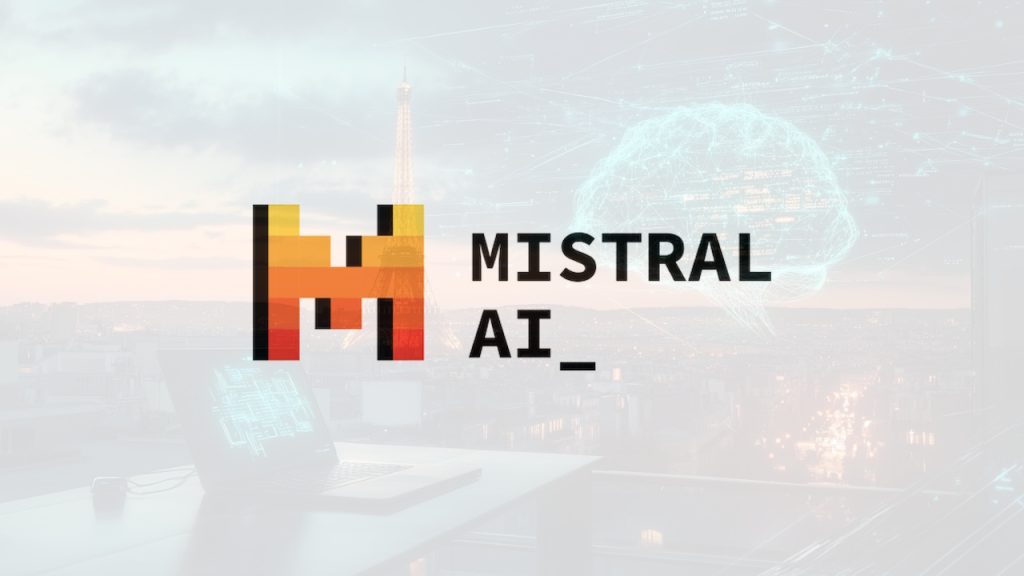Paris-based AI lab Mistral has launched “Magistral,” its first family of reasoning models, in a strategic move to tackle complex, multi-step problem-solving. The prominent European firm is pursuing a dual-release strategy with both an open-source version for developers and a more powerful proprietary model for enterprise clients. This entry into the advanced AI reasoning space is a critical test for the well-funded company.
However, the debut immediately highlights the intense challenge of competing at the industry’s highest tier. Initial benchmarks show that while Magistral marks a step forward for the company, its flagship enterprise model currently lags behind top reasoning models from rivals like OpenAI, Google and Anthropic. Magistral Medium underperforms competitors on key math, science, and coding evaluations and coincides with OpenAI’s release of o3-pro, its most powerful reasoning model to date.
The launch underscores a crucial dynamic in the global AI race: even for a startup armed with over €1.1 billion in funding, achieving state-of-the-art performance is a formidable task. Mistral appears to be betting that a combination of open-source accessibility, enterprise-friendly features, and speed can carve out a significant market share while it works to close the performance gap.
A Dual Strategy of Open-Source and Enterprise Ambition
Mistral is continuing its signature dual-pronged strategy with the Magistral family. For the developer community, the company has released Magistral Small, a 24-billion-parameter model available under a permissive Apache 2.0 license for download from Hugging Face. Reinforcing its commitment to accessibility, this open-source model is efficient enough to run on consumer-grade hardware, a key feature for developers and researchers without access to massive data centers.
Simultaneously, Mistral is targeting corporate clients with the more capable Magistral Medium. According to the company’s official pricing page, the enterprise model is priced at $2 per million input tokens and $5 per million output tokens. Mistral is specifically marketing the model’s “traceable reasoning” as a key compliance feature for regulated industries, a point highlighted in a developer analysis by Simon Willison. This approach aligns with the company’s independent streak, a sentiment captured when CEO Arthur Mensch previously said in an interview “We are not for sale.”.
Building an Ecosystem Beyond the Model
The Magistral launch is not an isolated event but the latest move in an aggressive campaign to build a comprehensive AI platform. This follows the recent debut of Mistral’s Agents API, a sophisticated toolkit that equips developers to build AI agents with capabilities like code interpretation and support for the industry-standard Model Context Protocol (MCP). This rapid expansion signals an ambition to compete on the breadth of its ecosystem, not just on individual model performance.
The company’s development pace is fueled by what it describes in its latest paper as a “ground up approach, relying solely on our own models and infrastructure” rather than distilling knowledge from prior models. This independent training process has yielded strong results in generalization, with the models showing a remarkable ability to perform well on tasks outside of their direct training data. Mistral’s paper notes that a version trained on coding could solve math problems, a result they attribute to the “generalization ability of RL.”
A Reality Check on the Benchmarks
While Mistral’s platform strategy is clear, a sober look at the competitive landscape reveals the steep climb ahead. In its official announcement, Mistral reported that Magistral Medium scored 73.6% on the AIME 2024 math and science benchmark. While respectable, this figure requires context. Community analysis and quickly pointed out that Mistral’s comparisons were made against an older version of a key rival model, the original version of DeepSeek-R1.
The newer version of DeepSeek’s R1 model, released in May, scores significantly higher on the same AIME benchmark, placing Magistral’s performance well behind the current state-of-the-art. This reality check suggests Mistral may be competing on different vectors. The company emphasizes its models’ strong multilingual reasoning in languages like French, German, Spanish, and Arabic.
Furthermore, Mistral claims its new “Flash Answers” feature in Le Chat delivers responses up to ten times faster than competitors, prioritizing speed and efficiency where it may not yet win on raw power.
This focus on a pragmatic balance of open-source engagement, enterprise-ready tools, and performance efficiency defines Mistral’s current path. The launch of Magistral is less a direct challenge to the benchmark kings and more a calculated play to build a sustainable and versatile AI ecosystem. The central question remains whether this strategic depth will be enough to solidify its position as a top-tier global player while it continues the arduous work of chasing the absolute frontier of AI reasoning.

